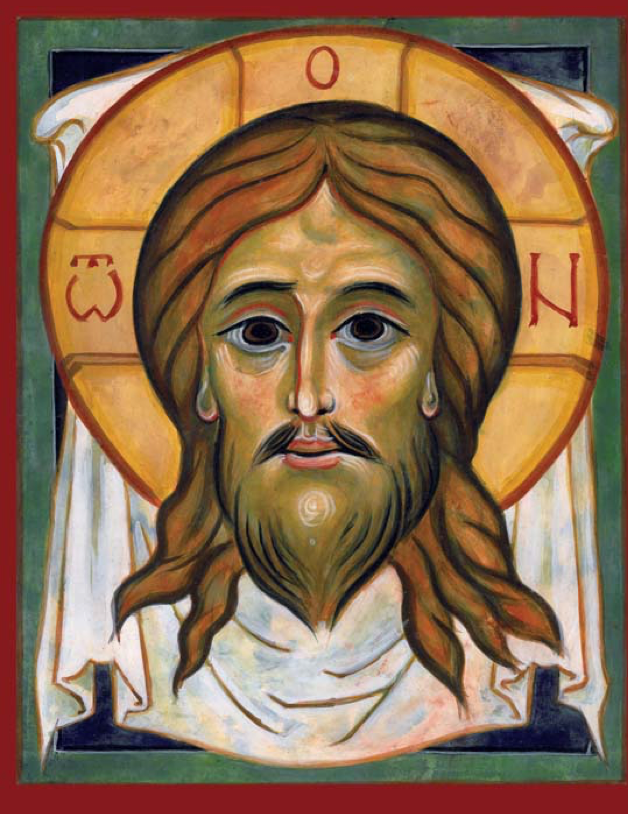SAC 510 Mathematics of Beauty (2 credits; 8.5 CEUs)
Class
Mathematics of Beauty.

.
.
If you are looking to enroll in the Masters degree in Sacred Arts please complete the application and we will contact you shortly.
If you would like to Audit this course, then Contact Us here.
Here is the class outline:
1. IntroductionIntroduction to the course |
2. Beauty Our Greatest Weapon in the Culture WarsDiscussion of the nature of beauty - - in some ways revisiting things discussed in other courses, but here highlighting that aspect which opens the door to a mathematical Examples proportional relationships in buildings given. |
3. Mathematics as the Science of PatternIntroducing the sources of mathematical beauty - intuition, cosmos, man, music, scripture, |
4. Analysis and SynthesisAnalysis and Synthesis - Natural science and the science of beauty are complementary, although at first it might seem |
5. EmergenceRelating individual behaviour governed by free will to the pattern of the whole. |
6. Grasping the Whole- Loving KnowledgeSynthetic, Poetic and Prosaic Knowledge and their connection with Love - Eros and Agape, |
7. The Beauty of ThreeQuark, Chord and .Cosmos |
8. What influences cultureMass production? Capitalism? |
9. Liturgy and culture. Victorian gothic revivalCase study, the Victorian neo-gothic of AWN Pugin |
10. Faith Freedom TraditionThe threefold forces that transform, and why love is the greatest ordering principle |
11. Midterm ExamContributes to 30% of your final grade |
12. SymbolismThe symbolism of numbers |
13. Rose Windows and the Christian Star Pattern |
14. Symbolism of Mathematical OperationsAdding 1 - 7+1 or 60+1; subtracting, multiplying, multiplying by 1,000 - |
15. The Rose Window of Lausanne CathedralThe symbolism of the Rose Window of Lausanne Cathedral |
16. Putting it all together |
17. Quantitative Number and Units of MeasurementThe Development of Standard Units of Measure - what are we quantifying? Choice of unit - what is the measure of all? Earth, Man or God? |
18. Geometry and BeautyWhat is geometry? |
19. The Westminster Pavement and Cosmati PavementsA discussion of the geometry of the "Cosmati" pavements in Winchester Cathedral. |
20. Byzantine-Arab-Norman churches of 12th century SicilyA case study of an exemplary model how to incorporate art from a culture that was hostile to Christianity. |
21. AssignmentsExamination and assignments for Part II |
22. Reading the Book of the Word, Reading the Book of NatureWhat is the difference between numerical relationships that are arithmetic and and those considered musical? |
23. Boethius: De Institutione Arithmetica IReading "De Institutione Musica" |
24. Boethius De Arithmetica - IIProportion and symmetry in Boethius |
25. Examples of Proportion in Art and ArchitectureProportion and symmetry in art and architecture. |
26. Boethius: De Institutione MusicaBoethius' work on music, "De Institutione Musica." |
27. Musical proportion in architecture and the cultureA study through the book Architectural Principles in the Age of Humanism by Rudolf Wittkower |
28. Illustrating WittkowerExamples of buildings to illustrate Wittkower |
29. Decline and RiseThe decline of proportion, symmetry and harmony in art and architecture. |
30. Designing for CommunityThe application of proportion, symmetry and harmony in town planning. |
31. ConclusionUrban Hermit and Suburban Skete, how this extends to all human activity. Final Exam |




